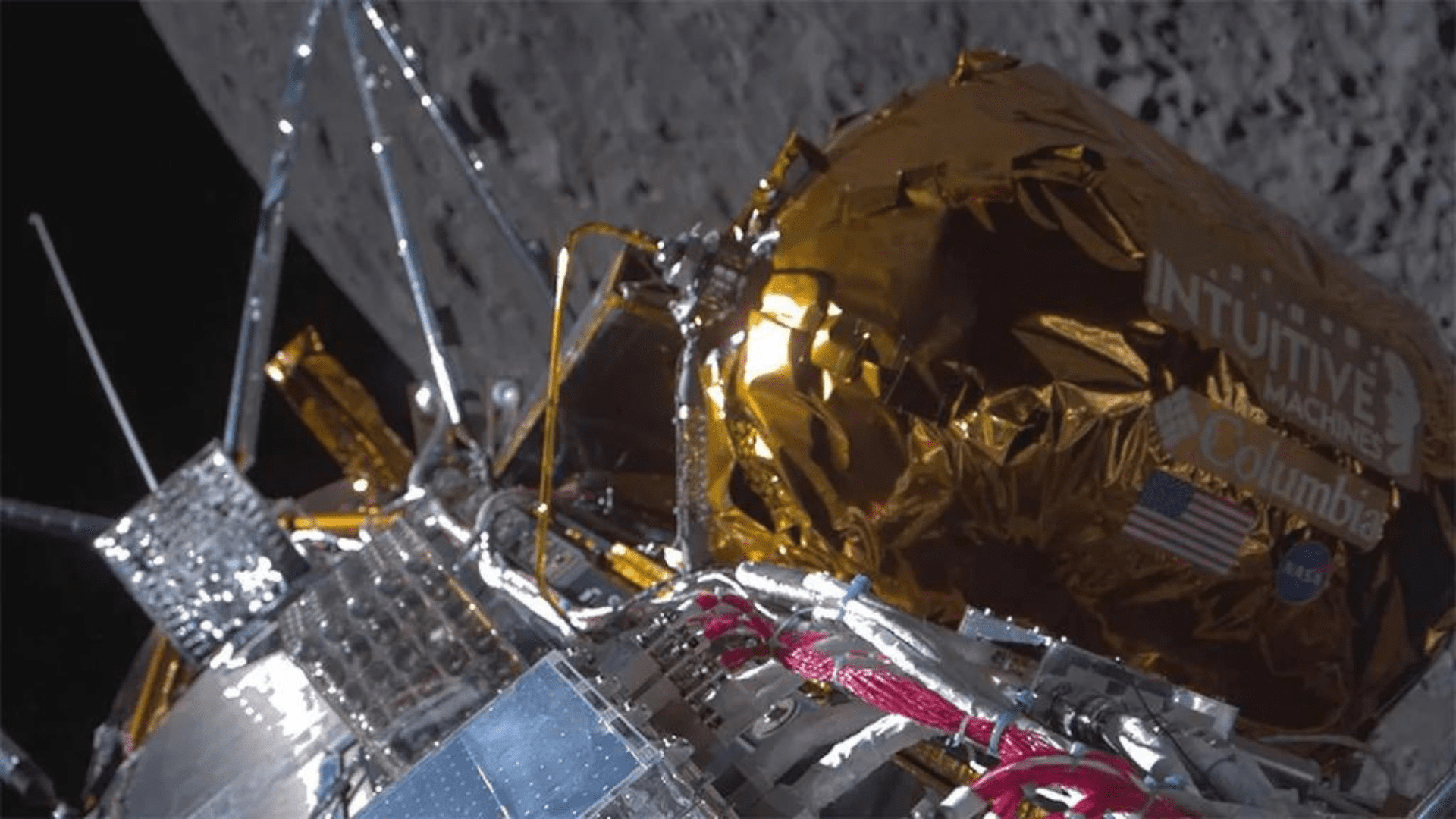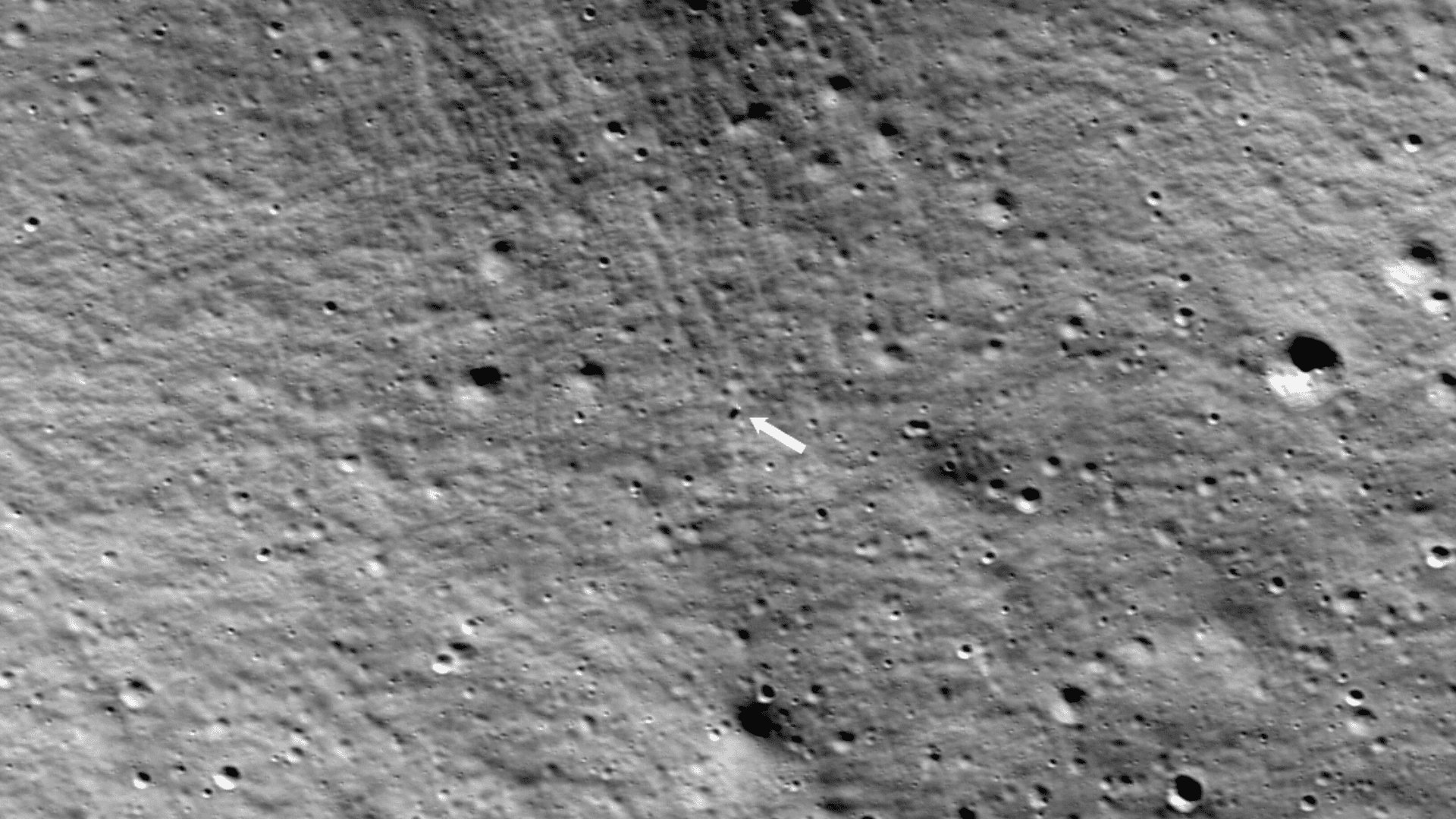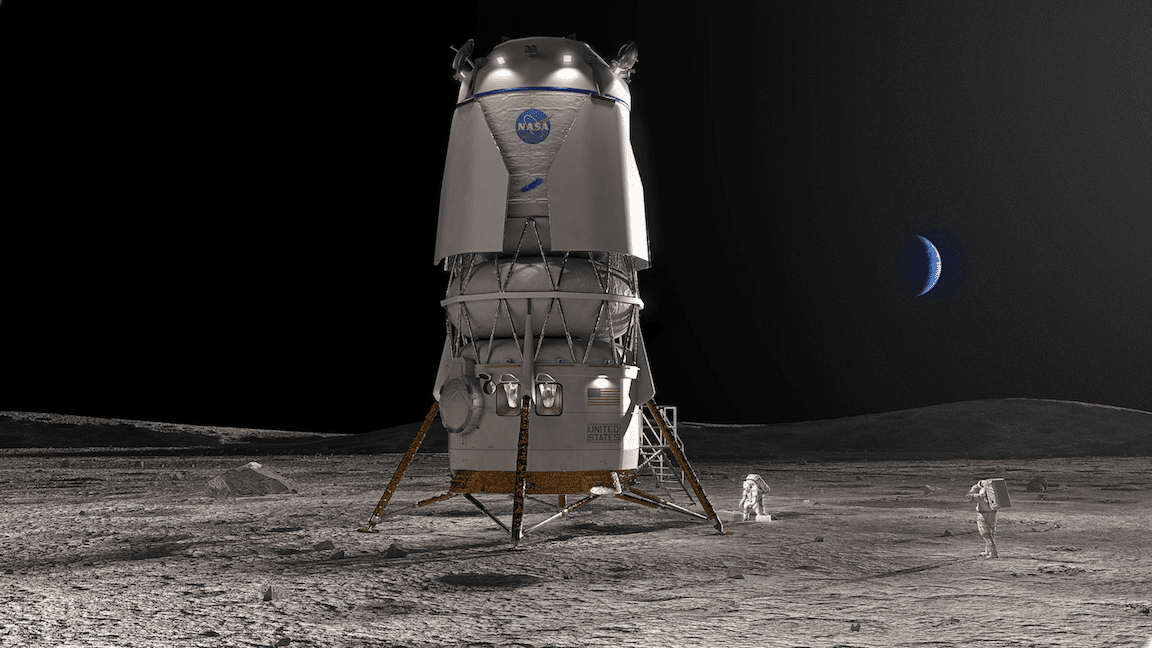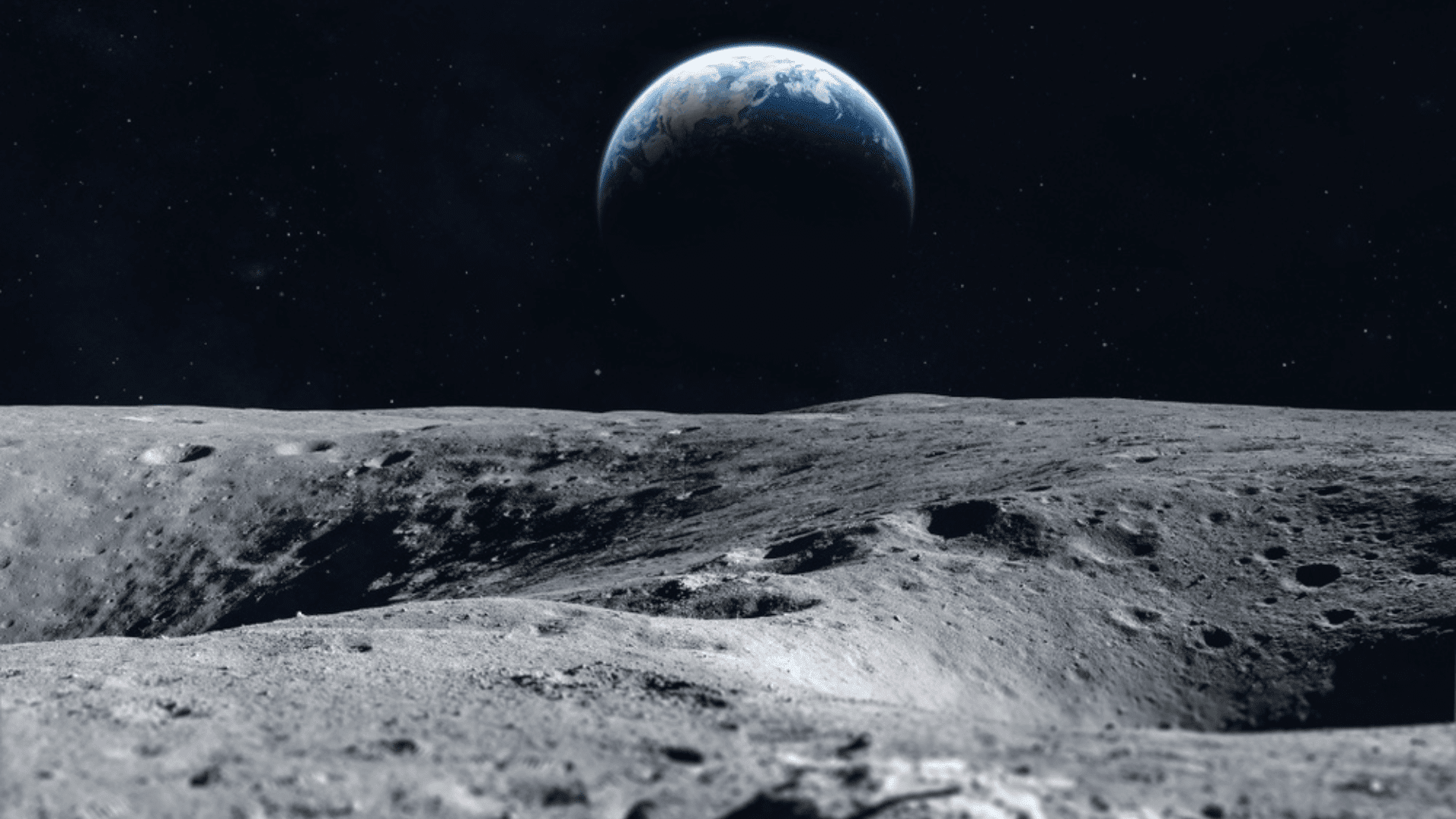For the first time in over 50 years, NASA is using new technology on the lunar surface. New images show Inuitive Machines’ Nova-C Lander, called Odysseus, on the moon carrying new technology and NASA science instruments. The new technology also helped the soft landing happen.
Odysseus

If you are unfamiliar with Homer’s epic poem The Iliad, part of Odysseus’ story is roaming the seas for a decade. Fittingly, the lunar lander currently on our Moon is called Odysseus. It sums up the journey ahead.
Explore Tomorrow's World from your inbox
Get the latest innovations shaping tomorrow’s world delivered to your inbox!
I understand that by providing my email address, I agree to receive emails from Tomorrow's World Today. I understand that I may opt out of receiving such communications at any time.
Following a seven-day orbit of the Moon, Odysseus landed safely on the South Pole region of the Moon. NASA says the lander is healthy, collecting solar data and transmitting that information to mission control in Houston. It marks the first commercial uncrewed landing on the Moon. As part of the Artemis mission, Odysseus is on the section of the surface where astronauts will search for water and other resources. That’s happening later this decade.

One of NASA’s administrators expressed his pride in America for being on the Moon for the first time in over half a century. Bill Nelson said, “Congratulations to Intuitive Machines for placing the lunar lander Odysseus carrying NASA scientific instruments to a place no person or machine has gone before, the lunar South Pole.”
New Tech Assists
To help with descent and landing, NASA’s guiding system played a key role. Intuitive Machines ran into a problem with their navigation systems. NASA’s Navigation Doppler Lidar for Precise Velocity and Range Sensing (NDL) came in to help assist. NDL’s help made sure Odysseus landed safely. This instrument operates on the same principles as radar and uses pulses from a laser as well. The system measures speed, direction, and altitude during descent and landing.
Now that the lunar lander is safely on the Moon, Odysseus will focus on investigating surface interactions and radiowaves that come naturally from stars. Also on the payload is a retroreflector array. While it sounds like something from Star Trek, it is a real device that contributes to a network of location markers on the Moon. Future autonomous navigation technologies will use these for communication and navigation.






